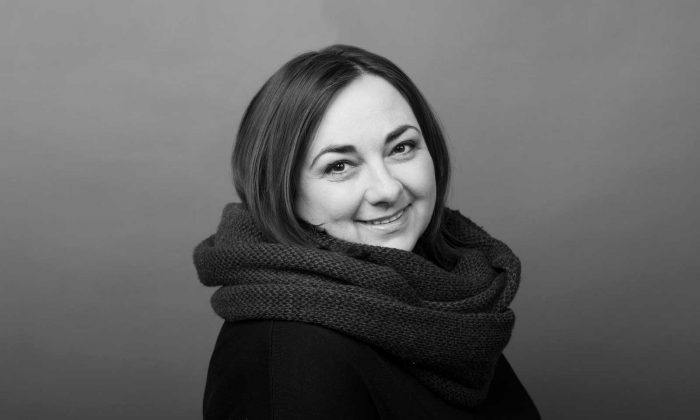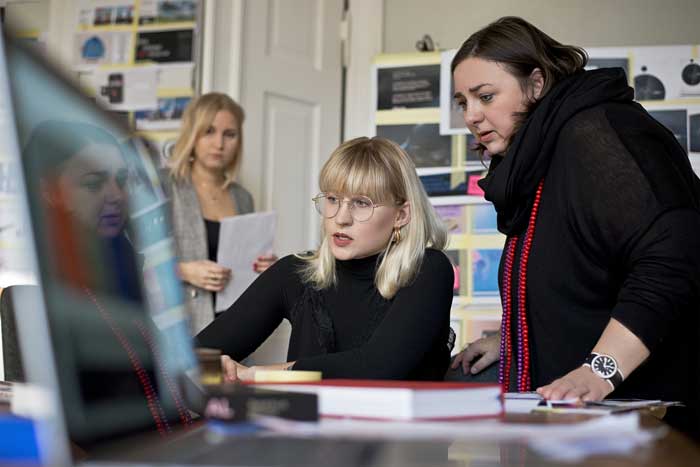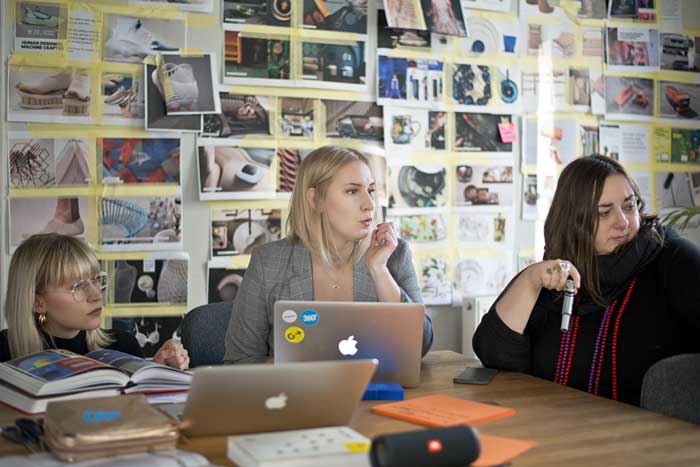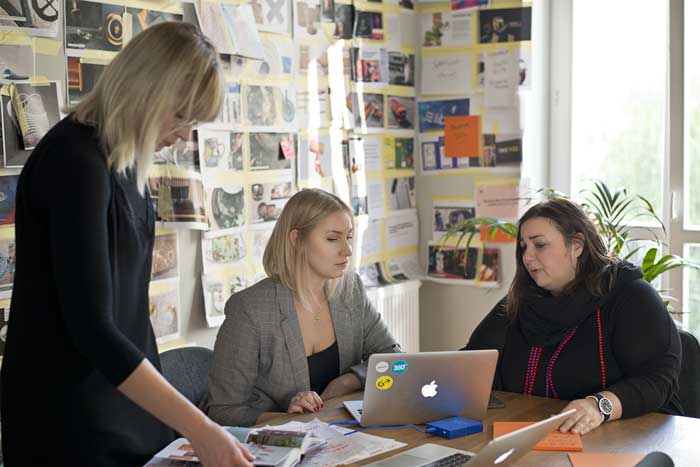An interview with Zuzanna Skalska – 360Inspiration part of Futures Thinking Group
The idea of looking for Signals of Change™ feels particularly relevant to these uncertain times that we find ourselves in. It also feels hopeful. Hopeful that we can reassess; hopeful that we can come together; hopeful that we can make positive changes and hopeful that there is indeed hope – for us as a species and the planet we inhabit.

Talking to Zuzanna Skalska of 360Inspiration leaves you feeling more informed, enthusiastic and indeed, more hopeful, than you did at the start of the conversation – and the conversation can cover an awful lot of ground! To say that her job is to forecast trends only goes some of the way in describing the incredibly detailed and involved work that she does. Under ordinary circumstances she travels extensively, attending the most influential trade shows, conferences, fairs and design weeks as well as meeting with a broad range of clients. Her mission is to discover the Signals of Change™ in society, technology, economies, environment and geopolitics in order to offer strategic advice for tomorrow’s business.
Whilst she’s busier now than ever, she took some time to talk to me about her journey as well as giving some fascinating insight and hopeful discourse regarding the possibilities for our future.
JB: I feel like the best place to start might, well, at the beginning. How did you get on this incredible journey that now finds you in Eindhoven, working for brands of all sizes and types?
ZS: Well, firstly, both of my parents were designers and that had a huge influence on me from the very beginning. But also, back in 1992, when I was coming towards the end of my secondary education in my native Poland, we were allowed to hold our own passports for the first time. Before then passports were kept in the hands of the city council, so although I had travelled to Holland with a visa, I was suddenly given the freedom to travel wherever and whenever I wanted. So what did I do? I naively applied to the Design Academy Eindhoven without really knowing what was expected of me. But what happened? I got in! And I graduated! Then in 1997 I got an internship at Philips and because I loved it so much, I applied to work at its in-house design department – Philips Design. They hired me as a one of the Sensorial Trends Analysts. It was a great place to work, such an innovative time and place – you have to remember that this was at a time when Philips were the leaders in engineering concepts like video conferencing cameras and voice control.

JB: It sounds amazing! And very much as if you were working across a whole range of roles that might normally be seen as separate or exclusive to one and other – has that been important to you as you’ve progressed and created your own brand.
ZS: Yes, I think the cross fertilisation of industries is very important. Otherwise you can become quite blinkered in how you think and approach things. At Philips it was like a horse and cart – the designers came first, driving the idea, followed by the engineers, who put it into practice. In 1999 Philips realised that they should do something different, something new and experimental, which they called Sensorial Trends and I became a part of. We started to look at 12 different senses that human need to fulfil experience, beside usual suspects as colour, pattern or shapes we looked at senses of cognition, senses of feeling and senses of will. We were responsible for creating the full future user experience. The point being that it wasn’t just about the look of a product. We were a fully international team, which meant that we had a multi-national approach. This was the end of the 90’s, a time when all production left ‘the west’, so in order to retain value in the market we had to create value through the communication of a product.
JB: So that even sounds like a form of marketing then too?
ZS: Yes, and I hate marketing! But at the same time I realise I am a marketer, too. I may not associate with marketing agencies, but all designers are up in front of marketing because we are creating and they are responsible for the selling. We’re part of the manipulation – both good and bad. Designers touch and shape almost everything in the world today.
There was a shift; a realisation that design should be more business minded. This meant that companies turned to design management, so they began to manage through design. They slowly hired designers and aligned them with marketing departments, meaning that the marketing director was also the design director. This meant that design consultancies also had to strategise around design management and so I was approached by Ad van Berlo, owner of the design studio (today part of the Accenture group) to find the trends and strategies needed for their design management to work.

JB: So when was it that you decided to set up your own practice and go it alone?
ZS: Well, I worked for others for almost 15 years until 2014 but had already set up 360Inspiration in 2007. Back then I started with the idea of working from trends in industrial design into business development and not as a design trends in aesthetic, styling or fashion. That means I’m thinking about the business possibilities, direction for growth, new markets opportunities, merging of concepts, client’s journey, and approaching things with cross fertilisation of industries in the possible futures, not just looking at a specific industry. This is why I don’t actually like the word ‘trends’ – I’m working with the Signals of Change™. It’s a term that is usually used by businesses to judge the scale of risk when making new decisions. You need to look at the signals of change in order to understand the risk. So I bridge the creative industries with business industries – Chief Executives and R&D directors ask for the proof, for the evidence to show how, by making a decision, they can minimalise the amount of risk to the company and I show them through my research. I just connect many different, and sometimes unusual, dots.

JB: Well I guess we should also talk about one of you publications too. One thing that really stands out for me in VUCA TIMES is where you talk about “The Cleaners” and “The Founders.”
ZS: Well those terms were actually coined by MTV and were alternatives for the term Generation Z. We’ve had Millennials so now we have to think about the next, even younger generation. The Founders have to clean up the old system but they’re also figuring out a new way of living – a whole new system. We are seeing this happen right now. We’ve seen a shift, a move towards equality for women, particularly after the MeToo movement, and now with Black Lives Matter. It’s no longer a white man’s party! We’ve realised that history was a bias interpretation of the facts, so now we’re seeing a reinterpretation of history, and essentially we’re starting to see an invoicing of colonisation. The Founders have the means to see the old and have a view on what the new should be – and that is not all about the economy or humans being on top of the ecosystem, instead we have to position ourselves and our entire infrastructure of life and work within the ecosystem.




